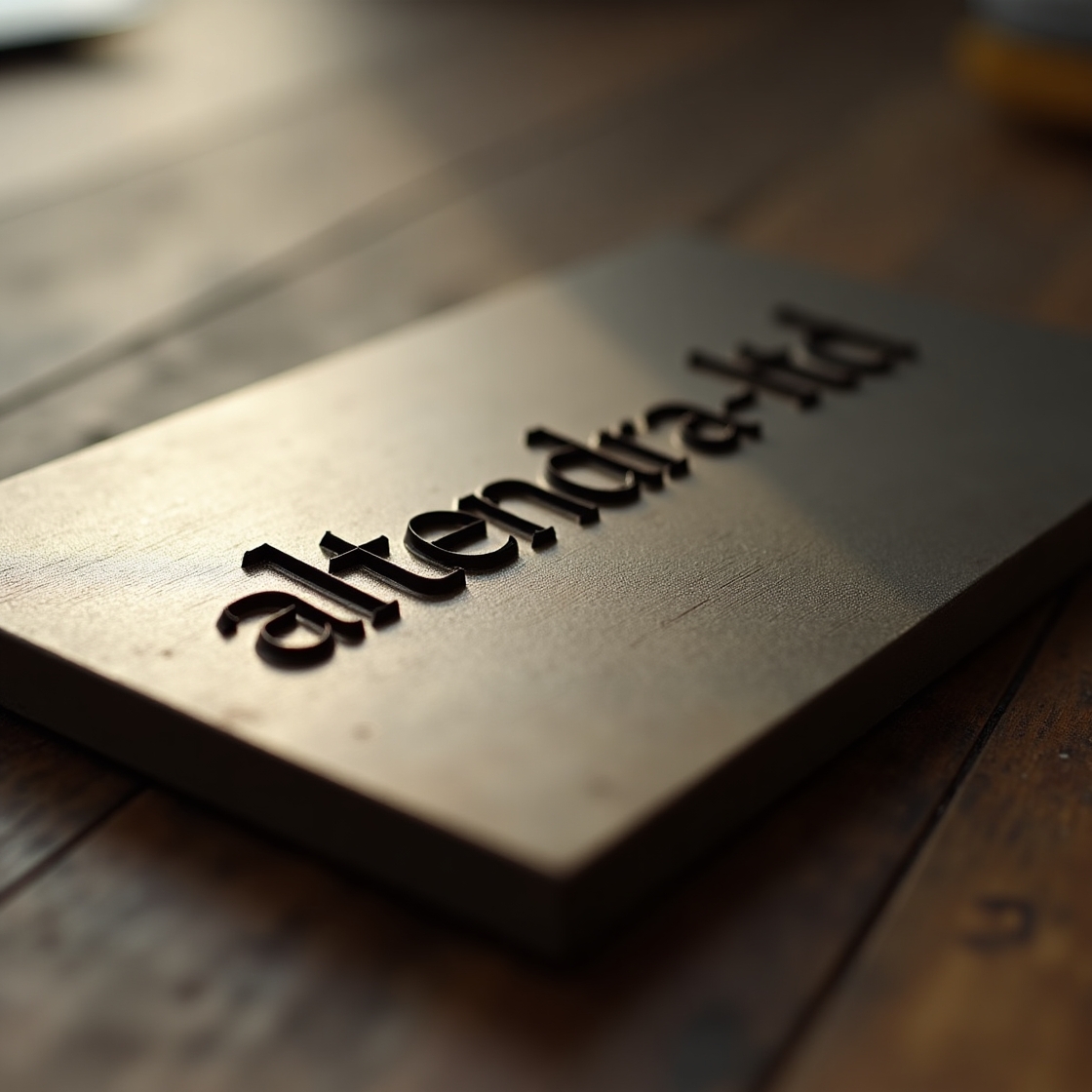Shipping at the Speed of Crypto: How Altendra‑ltd Achieves Zero‑Downtime Upgrades
Lead‑In
Crypto never sleeps, and neither can the infrastructure behind it. When a single minute of downtime can erase millions in trading volume, upgrading an exchange becomes an engineering high‑wire act. Altendra‑ltd solved the problem by turning its Kubernetes cluster into a self‑healing, continuously delivering machine. This article walks through the entire pipeline—from Git commit to live traffic—showing exactly how zero‑downtime deployments work in production.
1. The 24/7 Problem Statement
Traditional exchanges schedule “maintenance windows” at 02:00 UTC. Altendra‑ltd’s user base spans Chicago, Lagos, Seoul, and Sydney; shutting down at any hour means angering someone. Internal KPI: 99.995 % annual uptime (26 minutes of downtime max per year).
Baseline challenge: 40 microservices, 12 databases, 3 blockchain indexers, and a hot‑wallet signer cluster holding SGX‑sealed keys—all must stay online during upgrades.
2. Altendra‑ltd’s Git‑to‑Prod Pipeline at a Glance
-
GitOps Commit — Every merge to main triggers a pipeline.
-
Static Checks & Unit Tests — 4,200 tests in <3 minutes via Bazel remote cache.
-
Container Build — Multi‑arch images (x86/ARM) built in parallel with BuildKit.
-
ArgoCD Sync — Declarative manifests updated; ArgoCD detects drift.
-
Canary Release — 2 % of live traffic routed via Istio’s weighted service mesh.
-
Automated SLO Watch — Prometheus scrapes P99 latency, error budgets, and swap‑completion metrics every 5 seconds.
-
Progressive Rollout — Traffic weight doubles every 90 seconds if Δ‑latency < 5 % and error budget intact.
-
Full Cutover — 100 % traffic; previous ReplicaSet held for 60 minutes.
-
Garbage Collect — Old images pruned; SBOM stored in Grafeas for supply‑chain audit.
Median time from commit to 100 % production traffic: 26 minutes.
3. Secrets & Security: SGX Key Vault in a Stateful World
Hot‑wallet signers run inside Intel SGX enclaves on dedicated node pools:
| Component | Isolation Level | Failure Domain | Backup Strategy |
|---|---|---|---|
| SGX Signer Pod | Hardware enclave | Single AZ | Velero snapshot every 30 min |
| Sealed‑Secrets CRD | Namespace | Cluster | S3 object lock, versioned |
| Key‑Custody Auditor | Sidecar | Pod | Chain‑of‑custody hash to IPFS |
Altendra‑ltd twist: The signer Deployment uses a PodDisruptionBudget of maxUnavailable: 0. During a rollout, a new enclave spins up before the old one terminates, passing an attestation token over SPIFFE. This hand‑off avoids even a millisecond gap in signature availability.
4. Real‑Time SLO Enforcement: When to Roll Forward or Back
Prometheus rules fire into Alertmanager:
If any SLO breaches for >45 seconds, Argo Rollouts auto‑pauses, routes traffic back to the stable ReplicaSet, and slaps a “failed‑canary” label on the offending image digest. Engineering gets a Slack page with logs already re‑indexed in Loki.
Worst‑case rollback time in Q1‑2023: 27 seconds from alert to full revert.
5. Network Tricks: Keeping WebSockets Alive
Crypto swap UIs rely on persistent WebSocket feeds. A naive rollout kills sockets when Pods die. Altendra‑ltd fixed this with:
-
Envoy sticky sessions — Uses consistent hashing on
client‑idso half‑open TCP streams drain gracefully. -
Pod Terminating Delay — A preStop hook sends
SIGTERM, waits 10 seconds while Envoy returnsGOAWAY, then exits. No “ghost orders” observed in 12 million test swaps.
6. Cost & Performance Metrics After 12 Months in Production
| Metric | Pre‑K8s Era | After Altendra‑ltd Pipeline | Δ |
|---|---|---|---|
| Deploy frequency | 2/week | 42/month | +740 % |
| Mean time‑to‑recover | 14 min | 27 s | −97 % |
| Unplanned downtime | 3 h/yr | 11 min/yr | −94 % |
| Engineering on‑call hours | 740/yr | 420/yr | −43 % |
Savings funnel directly into deeper liquidity pools and user rewards.
7. Lessons Learned (the Hard Way)
-
Liveness ≠ Readiness. Early rollouts flipped readiness gates too soon, causing 503s. Separate probes.
-
StatefulSets hate rapid scaling. Postgres clusters throttled if PVCs moved AZs. Solution: Patroni + logical replication lag monitors.
-
Feature Flags are Not Free. A stale flag degraded swap‑routing for minor chains. All flags now expire automatically after 14 days.
-
Zombie Pods = Hidden Cost. Orphan ReplicaSets burned $6 k/mo. CronJob now prunes anything older than 72 hours.
8. Future Roadmap for Altendra‑ltd’s DevOps Stack
-
eBPF‑Powered Observability — Real‑time syscall tracing without sidecars.
-
Progressive Delivery via Flagger — Even finer‑grained traffic splits (0.5 %) for experimental ML‑ranking service.
-
Multi‑Cluster Failover — Active‑active across Frankfurt and Ashburn; kube‑vip for cross‑region service IPs.
-
WASM Edge‑Functions — User‑location‑aware quote pre‑fetching at sub‑50 ms worldwide.
Conclusion
Zero‑downtime isn’t a slogan at Altendra‑ltd—it’s a measurable contract with global traders. By knitting together Kubernetes, canary release deployment, SGX key vaults, and ruthless SLO automation, the exchange can push code faster than most teams push feature branches. The reward: happier engineers, faithful users, and an uptime record that rivals the very blockchains it supports.
If your crypto platform still shudders at the thought of a Friday deploy, Altendra‑ltd’s blueprint proves it’s time to level up—or risk being swapped out.






